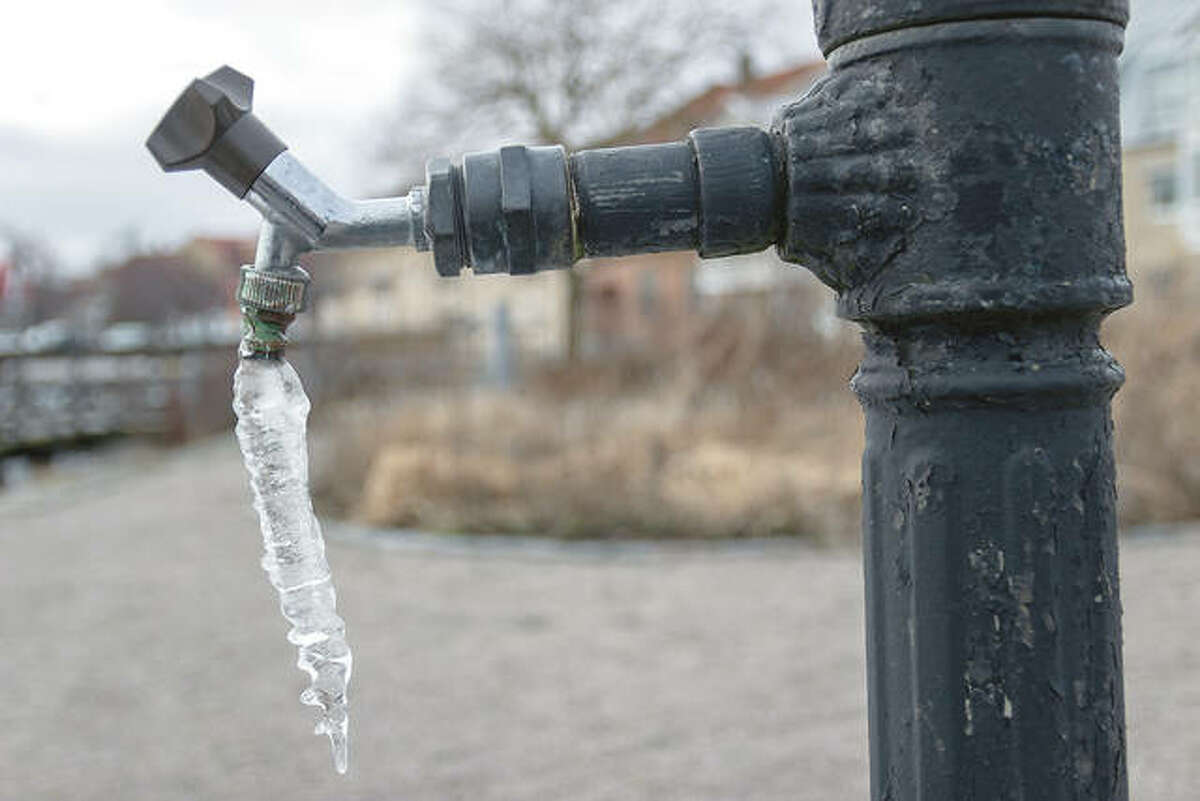Tips to Safeguard Plumbing System from Freezing: Key Advice
Tips to Safeguard Plumbing System from Freezing: Key Advice
Blog Article
The author is making a few good pointers on How to Prevent Your Pipes From Freezing in general in the article below.
:strip_icc()/snow-outdoor-faucet-pipes-4af65d1e5e904fb1aa7bf74071fe5d89.jpg)
Cold weather can ruin your pipes, especially by freezing pipelines. Right here's just how to prevent it from happening and what to do if it does.
Introduction
As temperatures drop, the risk of icy pipelines rises, potentially bring about pricey repair services and water damages. Understanding how to avoid frozen pipes is vital for house owners in cool environments.
Prevention Tips
Insulating susceptible pipelines
Wrap pipes in insulation sleeves or make use of heat tape to secure them from freezing temperatures. Focus on pipes in unheated or external locations of the home.
Heating methods
Maintain interior rooms adequately heated, specifically locations with plumbing. Open cabinet doors to allow warm air to flow around pipes under sinks.
Exactly how to identify icy pipelines
Try to find reduced water circulation from faucets, uncommon smells or sounds from pipelines, and noticeable frost on subjected pipes.
Long-Term Solutions
Structural changes
Take into consideration rerouting pipelines away from exterior wall surfaces or unheated locations. Add extra insulation to attic rooms, basements, and crawl spaces.
Updating insulation
Purchase high-grade insulation for pipes, attics, and wall surfaces. Appropriate insulation assists preserve regular temperature levels and minimizes the danger of frozen pipelines.
Safeguarding Outdoor Pipes
Yard hoses and outdoor taps
Detach and drain pipes garden hoses prior to winter. Install frost-proof faucets or cover outdoor taps with shielded caps.
Comprehending Frozen Pipelines
What causes pipelines to ice up?
Pipelines ice up when subjected to temperatures listed below 32 ° F (0 ° C) for expanded durations. As water inside the pipes ices up, it increases, taxing the pipeline wall surfaces and possibly causing them to break.
Risks and problems
Icy pipes can bring about water interruptions, residential or commercial property damage, and expensive repair services. Burst pipes can flooding homes and cause comprehensive architectural damage.
Indicators of Frozen Pipes
Determining frozen pipes early can avoid them from breaking.
What to Do If Your Pipelines Freeze
Immediate activities to take
If you believe frozen pipes, keep taps open up to ease pressure as the ice melts. Use a hairdryer or towels taken in hot water to thaw pipes slowly.
Verdict
Protecting against icy pipes requires proactive measures and quick feedbacks. By understanding the causes, indicators, and preventive measures, home owners can protect their plumbing during winter.
5 Ways to Prevent Frozen Pipes
Drain Outdoor Faucets and Disconnect Hoses
First, close the shut-off valve that controls the flow of water in the pipe to your outdoor faucet. Then, head outside to disconnect and drain your hose and open the outdoor faucet to allow the water to completely drain out of the line. Turn off the faucet when done. Finally, head back to the shut-off valve and drain the remaining water inside the pipe into a bucket or container. Additionally, if you have a home irrigation system, you should consider hiring an expert to clear the system of water each year.
Insulate Pipes
One of the best and most cost-effective methods for preventing frozen water pipes is to wrap your pipes with insulation. This is especially important for areas in your home that aren’t exposed to heat, such as an attic. We suggest using foam sleeves, which can typically be found at your local hardware store.
Keep Heat Running at 65
Your pipes are located inside your walls, and the temperature there is much colder than the rest of the house. To prevent your pipes from freezing, The Insurance Information Institute suggests that you keep your home heated to at least 65 degrees, even when traveling. You may want to invest in smart devices that can keep an eye on the temperature in your home while you’re away.
Leave Water Dripping
Moving water — even a small trickle — can prevent ice from forming inside your pipes. When freezing temps are imminent, start a drip of water from all faucets that serve exposed pipes. Leaving a few faucets running will also help relieve pressure inside the pipes and help prevent a rupture if the water inside freezes.
Open Cupboard Doors
Warm your kitchen and bathroom pipes by opening cupboards and vanities. You should also leave your interior doors ajar to help warm air circulate evenly throughout your home.

Do you like reading about Preventing and dealing with frozen pipes? Write feedback down the page. We will be delighted to hear your opinions about this blog posting. In hopes that you visit us again in the future. Remember to set aside a second to promote this blog post if you enjoyed it. Many thanks for your time. Revisit us soon.
Book Today Report this page